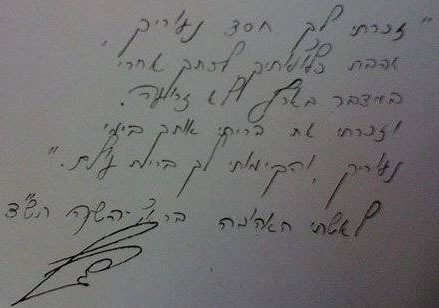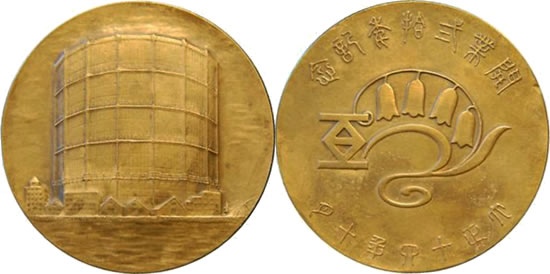When singing the Christmas carol The First Noel the other day I started wondering where the word noel comes from. I knew noël was French for Christmas, but wasn’t sure where that came from.
According to the Online Etymology Dictionary, noel comes from the Latin natalis (birth) via the Old French noel (the Christmas season), and the Middle English nowel.
Quite a few other words for Christmas probably come from the same root – Natale (Italian), Navidad (Spanish), Natal (Portuguese), Nadal (Catalan/Galician/Occitan/Romansh), Nadolig (Welsh), Nedeleg (Breton), Nadelik (Cornish), Nollaig (Irish/Scottish Gaelic), and Nollick (Manx).
natalis comes from natus, the past participle of nasci (to be born), which comes from the Old Latin gnasci (to be born), which is cognate with the Latin genus (race, stock, kind), and the Greek γένος [genos] (race, kind) and γόνος [gonos] (birth, offspring, stock), the reconstructed Proto-Indo-European root of which is *gen-/*gon-/*gn- (to produce, beget, be born).
Other words derived from that PIE root include genius, gene, king and kin in English, gentis (Lithuanian – kinsman), Kind (German – child), geni (Welsh – to be born), and I’m sure there are plenty of others.


